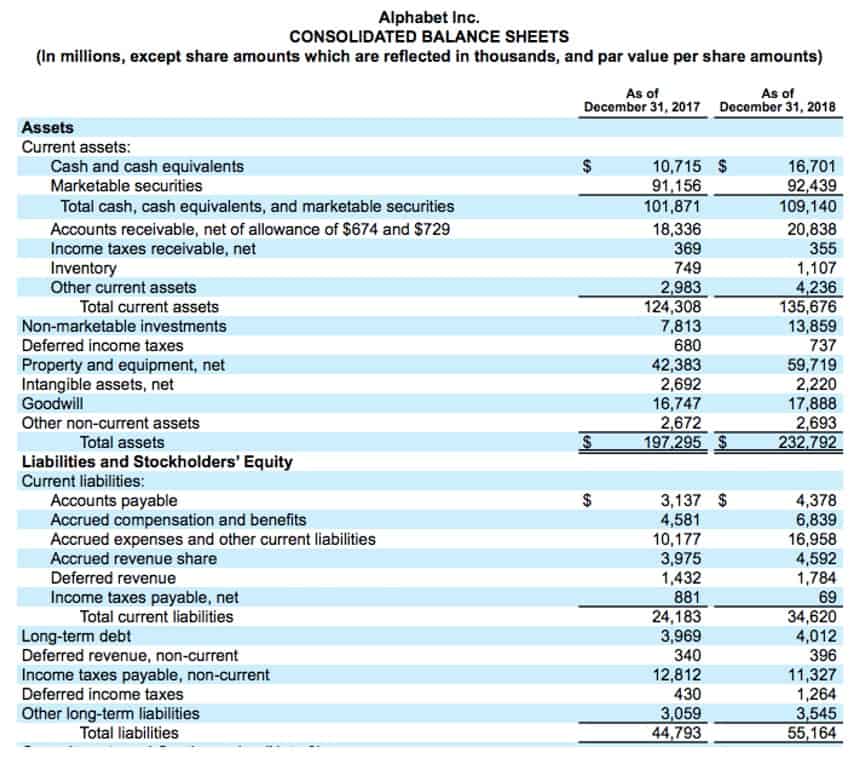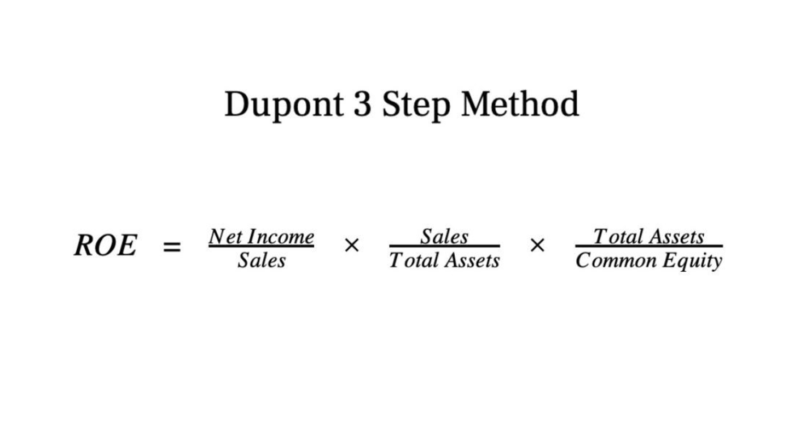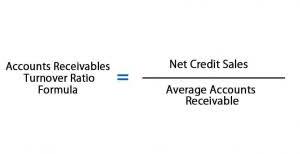What is the Mark-to-Market calculation method and how does it work? IB Knowledge Base
Content

Small commercial loans, for example, are not actively traded so an observable market price does not exist. A similar problem exists on the liability side, in that there is no agreed-upon method to determine the market value of nontraded liabilities like demand deposits. Methods of estimating market values for these nontraded assets and liabilities are likely to vary substantially across banks, making comparability a major problem. And because each market value estimate would have to be done on a case-by case basis, banks are likely to incur significant costs. According to proponents, one of FAS 115’s major benefits is that bank capital will now reflect interest rate risk as well as credit risk.
If the banks were forced to mark their value down, it would have triggered the default clauses of their derivatives contracts. The contracts required coverage from credit default swaps insurance when the MBS value reached a certain level. As a result, many businesses can go bankrupt, setting off a downward spiral that makes a recession worse. For mark to market accounting example, on day 2, the value of the futures increased by $0.5 ($10.5 – $10). Given that the farmer holds a short position in the rice futures, when there is a fall in the value of the contract, an increase to the account is witnessed. Similarly, if there is an increase in the value of the futures, there will be a resultant decrease in his account.
Leading securities pricing across millions of instruments
We find that, in general, the transition from VaR to ES in the FRTB yields an increase in risk capital for single-asset portfolios, but for well-diversified portfolios, the capital requirement remains almost unchanged. This leads to both a theoretical justification and an empirical evidence for the conclusion that the use of ES rewards portfolio diversification more than the use of VaR. In this section, we present comparisons between estimated VaR, MMVaR, CVaR , EVaR (entropic value at risk, Ahmadi-Javid ) using equity index returns, foreign exchange returns, and portfolio returns. We also present some models and real data numerical examples to demonstrate that VaR and MMVaR can be the same in certain time windows/intervals. The initial margin required to trade a contract is established by stock brokers — for this example we will say it’s 25%.

Mark to market is an accounting method that values assets based on the current market conditions. Profit and Loss (P&L) is the financial statement that summarizes the revenues and expenses during a specific period. Investors and analysts are among the users of accounting information in the P&L statement. The mark-to-market accounting method is primarily used in the financial industry to adjust the value of financial assets and liabilities, which tend to fluctuate over time. In sectors such as retail and manufacturing, companies have most of their value in long-term assets such as equipment , properties, plant, and assets that fall under inventory accounting and accounts receivable. The correction in value is expressed through impairment as circumstances require. Mark-to-Market valuation requires that assets not be valued at their face value, but rather at the price at which they can be sold for.
Marking to Market Meaning
Investopedia requires writers to use primary sources to support their work. These include white papers, government data, original reporting, and interviews with industry experts. We also reference original research from other reputable publishers where appropriate.

Moreover, proponents point out that mark to market applies discipline to financial services firms that act as a corrective to bull and bear market cycles. Once we get beyond the mythmaking and arm waving, it becomes clear that historical cost and fair value accounting are much closer to each other than people think. Nevertheless, the differences between the two forms of accounting may be significant for a particular bank on a specific reporting date. In these situations, the bank executives’ understandable desire to present assets in the best light is likely to conflict with investors’ legitimate interest in understanding the bank’s potential exposures. So let us consider how banks might issue financial reports that would capture the complex realities of their financial situations.
On the accuracy of VaR estimates based on the variance–covariance approach
In addition to accounting for interest rate risk with market value accounting of the investment portfolio, interest rate risk will soon be incorporated into banks’ risk-based capital requirements. Given FASB’s two recent pronouncements on Level 3 assets, there is no question that banks will increasingly value illiquid securities by marking them to model.
